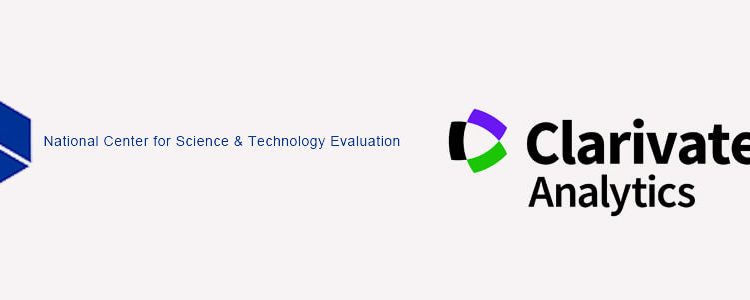Clarivate Analytics Report Details International Collaboration in China

In a world of complex research projects, collaborations have never been more important. For researchers, this need to collaborate extends throughout the global scientific community. Now, China’s National Center for Science and Technology Evaluation (NCSTE) and Clarivate Analytics have recently announced a collaboration to report on international research collaboration in China.
The report, “China’s International Scientific Research Collaboration,” uses publication and citation data available through Web of Science to assess global research collaboration that involves Chinese researchers. In an effort to identify strengths and areas for future growth, this report incorporated expert opinions from researchers and research project managers in China to guide future investment and development of research.
The NCSTE & Clarivate Analytics Report
In their report, Clarivate Analytics documented a huge jump in international collaborations involving Chinese scholars. Indeed, from 2006 to 2015, China quadrupled its international research collaboration output. This number jumped from 16,000 papers in 2006 to 71,000 papers in 2015. The most popular topics of international research included chemistry, physics, engineering, clinical medicine, and materials science.
Now, China’s research partners have grown to span 188 countries. This growth occurred during the period of the “Twelfth Five-Year Plan,” which involved an enhanced and intensive focus on research and development. As a result, research blossomed throughout China and led to the development of a handful of internationally recognized universities.
Increased International Collaboration by Chinese Universities
The output by Chinese researchers has led them to be only behind the United Kingdom and United States in participating in international collaborations. This was coupled with the increased research and development spending, which, as part of GDP, has grown from 1.42% in 2006 to 2.1% in 2016. While many students still flock to universities in the United States, this increase will enhance the value of universities in China and will hopefully further develop the education and freedom of its people.
What This Means for Research in China
As researchers expand the scope of their work to include projects and skills from around the world, enhanced international research is increasing in frequency. In doing so, these international research collaborations are facilitating the increased assimilation of Chinese researchers into the global academic community.
Despite this opportunity for improved research, the assimilation is still greatly threatened. Currently, overtly corruptive influences of prestige-oriented policies that are implemented by universities and the government prevent academics in China from truly aspiring to the standards of science as practiced elsewhere in the world. For example, academics are currently paid to publish in high impact journals. In addition to this pressure, several recent major retractions have been centered around Chinese authors. In these cases, the pressure to publish was so great that scam peer review systems were developed.
As China’s influence in research grows, as evidenced in this report, Chinese authors will be confronted with the need to engage in scientific conduct that may be at odds with the incentives and directives of their government and institutions. Indeed, this report highlights the emergence of China’s research class—and forebodes of a pending clash between an open scientific culture and the prestige-seeking Chinese government policies.
Clarivate and NCSTE recently reported on this exciting growth in international research collaborations. The global scientific community thrives on research collaboration. As the number of international collaborations grows, so too will the contact between Chinese and international scientists. As the benefits flow in for Chinese scholars and their institutions, they will be transformed by the expectations of their new international peers.









